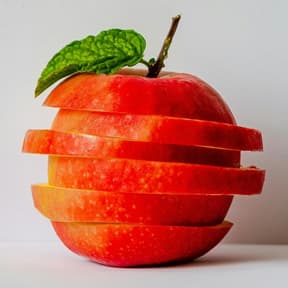Teach Apple-Themed Expressions with Flip Cards and Matching Games
Do you know these apple sayings?
This page offers a variety of apple sayings and idioms activities, starting with a concentration game, flipping cards for definitions, and teaching ideas to bring these expressions to life!
